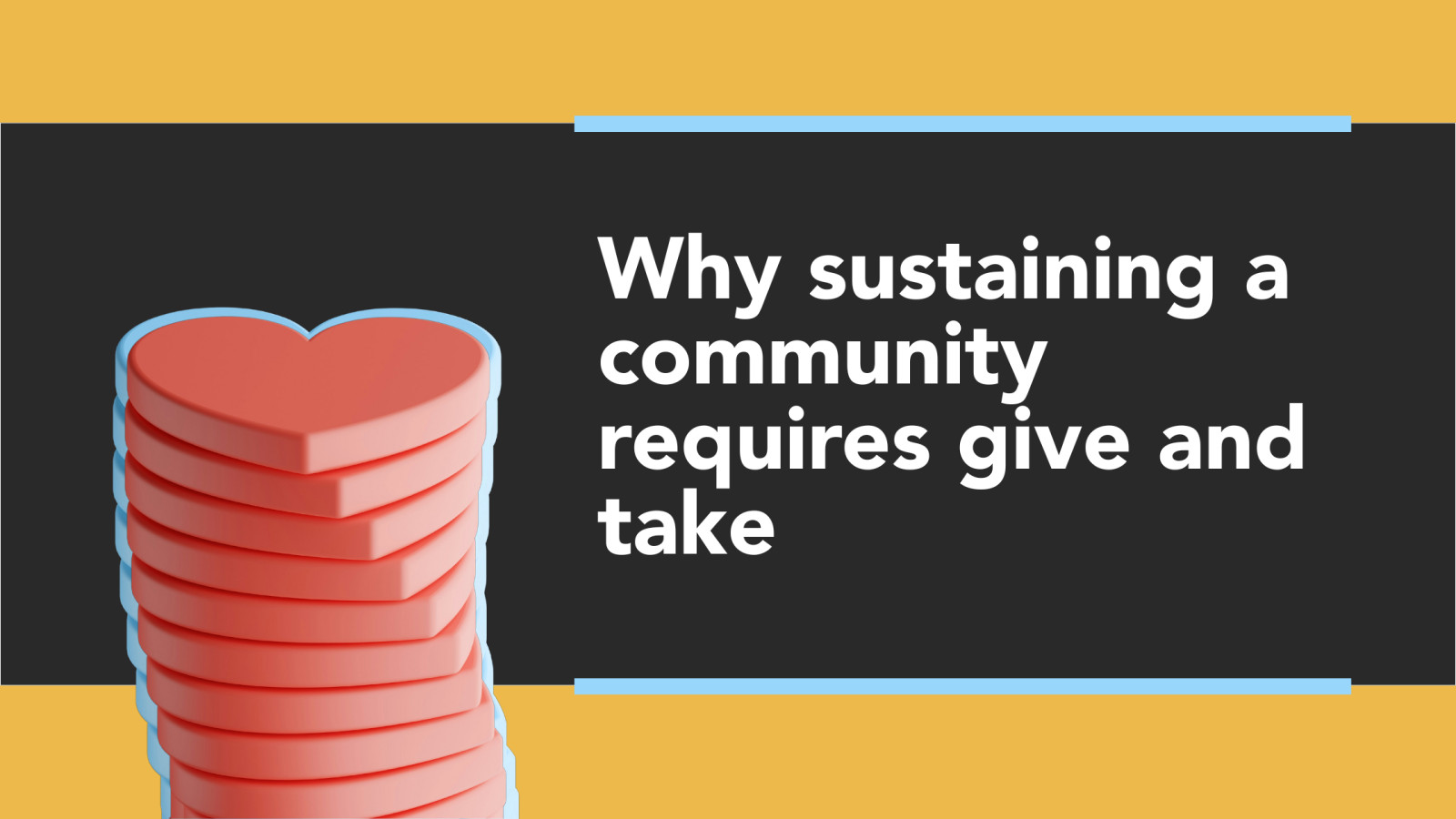Fandom reciprocity: Why sustaining a community requires give and take

Photo: MIDiA Research

The Outlander Magazine recently took to Instagram to issue a pointed challenge to artists and brands: you can only call your audience a "community" if you actively contribute to it. This sentiment underscores a growing realisation within fandoms: they cannot just be a one-way (often deferential) street, where fans tireless support artists without any reciprocity.
Traditional fandom models operated as hierarchies, with the artists as the untouchable figurehead and fans devoted acolytes. Taking the allegory of the Beyhive as a case-in-point, where a swarm of worker bees labour for the glory of Queen Bey.
Recently however, we have seen a shift towards a more egalitarian fandom; one that requires a more balanced, give and take relationship.
From hierarchical to participatory ecosystems
Increasingly, new wave artists are meeting their fans in the middle to get to the forefront of this paradigm shift, fostering their fandom and in doing so culturing the broader creative community. Maverick Sabre, despite international success, frequently announces impromptu free gigs in small capacity pubs, democratising access to his music.
Similarly last year, Bakey and Capo Lee launched a remix competition ahead of their UK tour, releasing one of Capo’s acapellas for free on Bandcamp and challenging fans to remix the track – the winner securing an opportunity to DJ on the tour. These initiatives acknowledge the barriers facing emerging talent while rewarding community participation, creating a cyclical engagement relationship.
Featured Report
Podcasts as a key information source Implications for media companies
Podcasts have begun to rival traditional media as a key source of news and political information for podcast listeners, especially among millennials and Gen Z. To stay relevant, traditional media must...
Find out more…Fan-led decision making as market correction
AJ Tracey’s recent initiative for his ‘Not Even a Tour’ performances further exemplifies this shift. Rather than follow the industry standard model for someone of his calibre, a booking sheet of big city venues, Tracey handed his fans the power of deciding where he would perform. Through a sign-up page, supporters could vote for their local venue, ensuring that tour stops reflected genuine demand not just commercial convenience. The resulting tour sheet showcased a variety of intimate, grassroots venues in overlooked regions. Breaking the cycle of London-centric touring that often sidelines regional fans.
This shows a break from precedent, an artist taking autonomy of his fandom, letting fans know in a very real and non-performative way that he gives as well as takes from them creating a fandom reciprocity system.
The need for fandom cultivation
Fans, too, are asserting their agency. The Outlander’s call-out “Don’t call your audience a community if you don’t do anything for them” resonates because it captures evolving fan expectations. Audiences seek participation and reciprocity, not passive consumption.
This reflects wider transformations across entertainment. Fans are increasingly expecting artists to leverage the digital tools available to them to foster their scenes. Whether through creative opportunities, access or decision-making power, these spaces enable direct artistic involvement,
The most-forward thinking creatives are aware that fandom success hinges not on monetisation of their fandom but on building emotional resonance.
So much so that increasingly, labels and artists are turning to community managers to help nurture their fanbases. Showcasing that the industry is becoming more saliently aware that artists who actively participate within their scenes are building deeper, more sustainable connections. While those clinging to top-down models risk alienating their most engaged supporters.
The future of fandom: A two-way street
This evolution aligns with MIDiA’s earlier predictions: in a hyper-fragmented cultural landscape artists must focus on building their fanbase within scenes rather than looking for mainstream success. AJ Tracey’s fan-led touring model, Maverick Sabre’s grassroots gigs, and Bakey and Capo Lee’s collaborative competitions all point to a future where fandom exists in the dialogue not the monologue
The question now is whether labels and more established artists will catch on. Traditional structures still prioritise scale over depth, but the most forward-thinking artists are proving that fan loyalty is not just a nice-to-have; it is a foundation for lasting relevance. In a deeply saturated age, with the churn of consumption ever present, the artists who understand reciprocity is key are the one whose communities will endure. This is not to say fans should have complete creative control over every move an artist makes. However, in our digital driven age fandoms are here to be heard as well as seen.

The discussion around this post has not yet got started, be the first to add an opinion.